La Bohème and Die Zauberflöte (Royal Opera House) ★★★★1/2
September has seen the premières of two much-loved operas at the Royal Opera House, Covent Garden. A new production of Puccini’s La Bohème (★★★★1/2) and a revival of the David McVicar production of Mozart’s Die Zauberflöte (The Magic Flute) (★★★★1/2). Both works featured in their leading female roles two of Australia’s most promising and prominent young sopranos.
The new Richard Jones production of La Bohème (only the third in the history of the Royal Opera) replaces the acclaimed John Copley version which has served the company well for more than forty years and seen twenty-five revivals in that time. It is a challenge that Jones has successfully met. The staging is traditional and stylised, in keeping with the period; it is moved a few decades after the original setting, which was around 1830. Jones’s production is uncontroversial yet fresh and visually exciting. Unlike many updates, it never distracts. The costumes vary from suitably dowdy to gloriously sumptuous. Designer Stewart Laing’s first set was predictably austere and stark, but the Café Momus in Act II was lavishly recreated alongside the charismatic Parisian arcades of the Latin Quarter. Although some may wonder how a group of struggling bohemians could frequent such an establishment, the change in scenery provided a total contrast and emphasised the fact that in late nineteenth-century Paris such diversity existed and still does to a lesser extent. Thanks to the antics of Musetta, it was not our young bohemians who were footing the bill.
Continue reading for only $10 per month. Subscribe and gain full access to Australian Book Review. Already a subscriber? Sign in. If you need assistance, feel free to contact us.



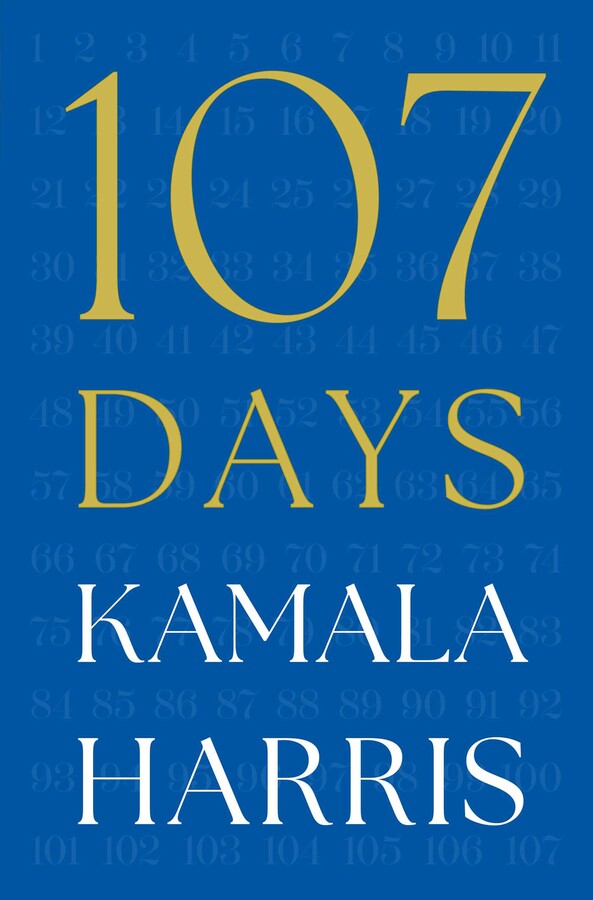
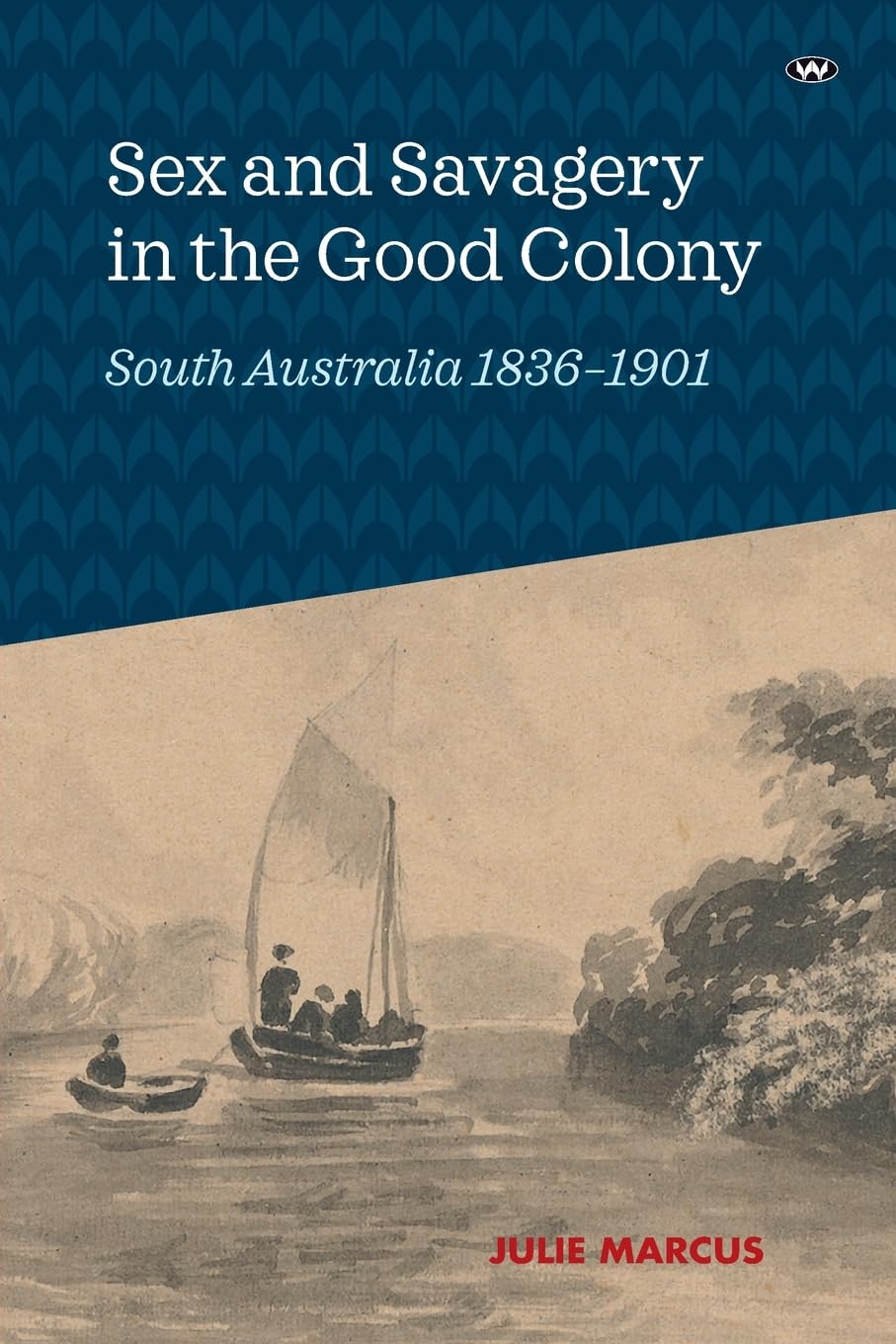

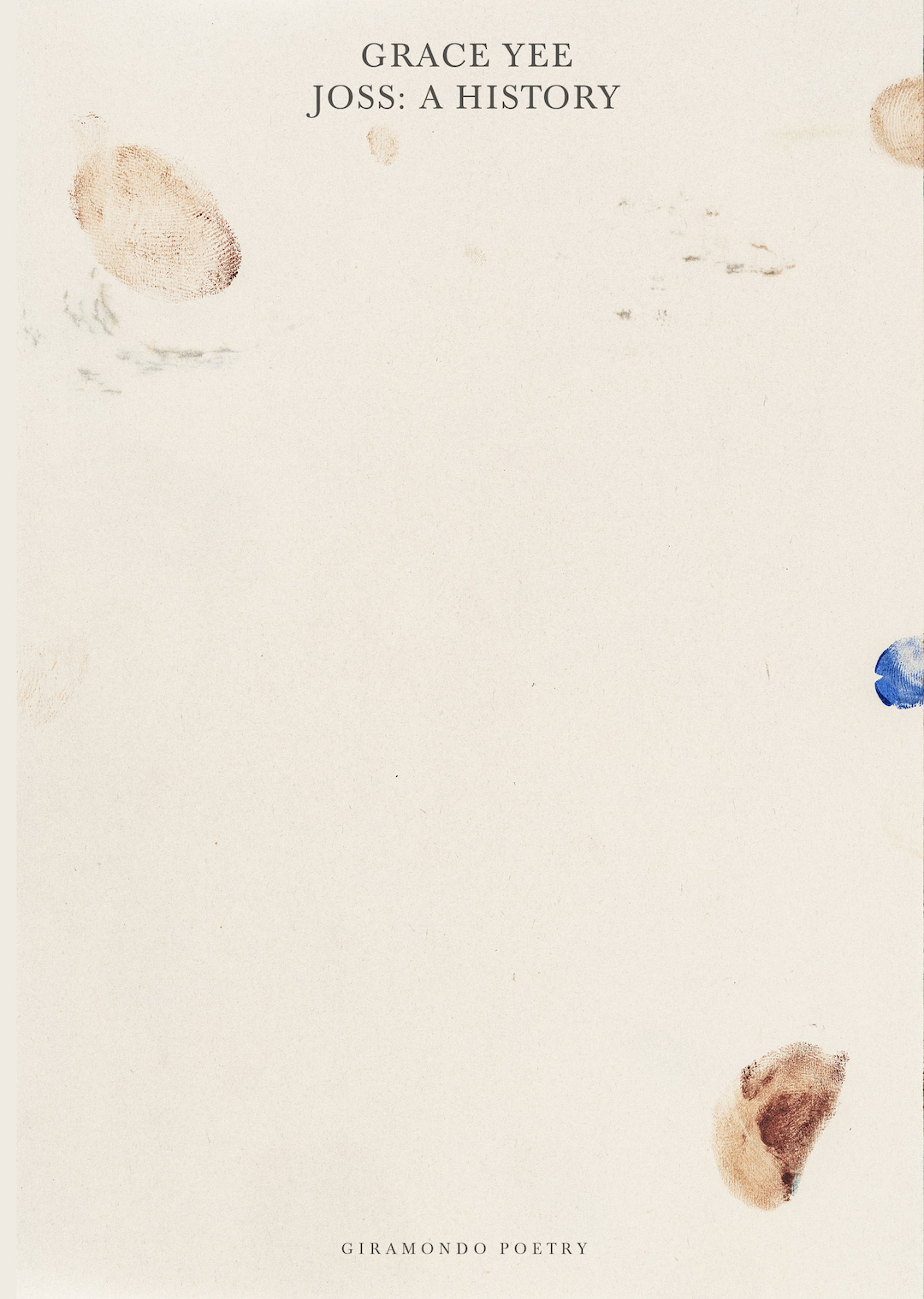
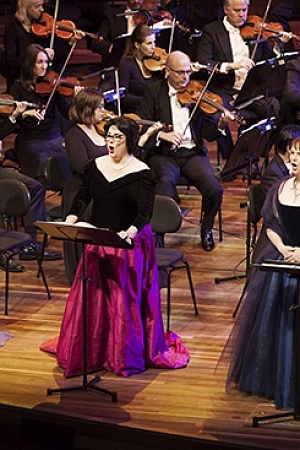
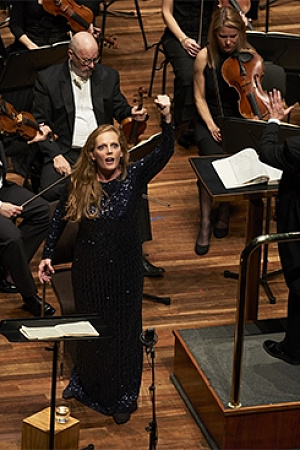
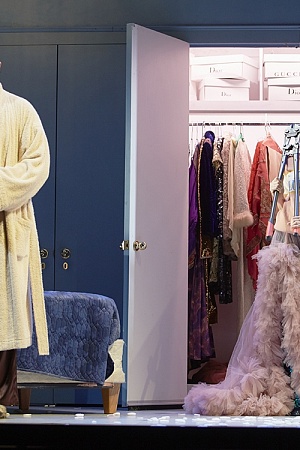
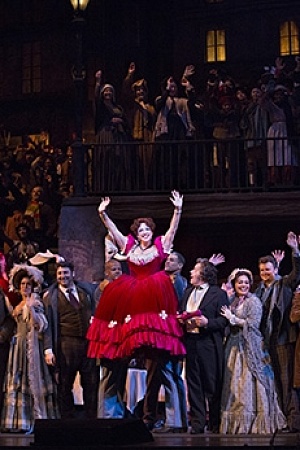
Leave a comment
If you are an ABR subscriber, you will need to sign in to post a comment.
If you have forgotten your sign in details, or if you receive an error message when trying to submit your comment, please email your comment (and the name of the article to which it relates) to ABR Comments. We will review your comment and, subject to approval, we will post it under your name.
Please note that all comments must be approved by ABR and comply with our Terms & Conditions.